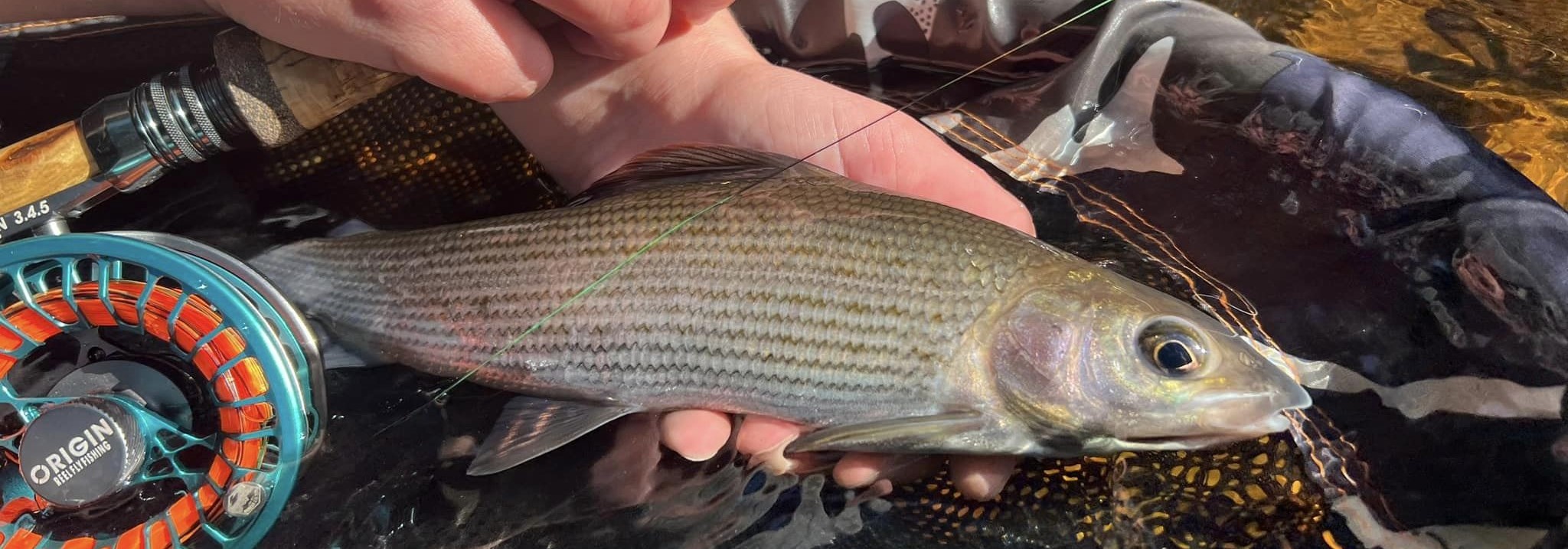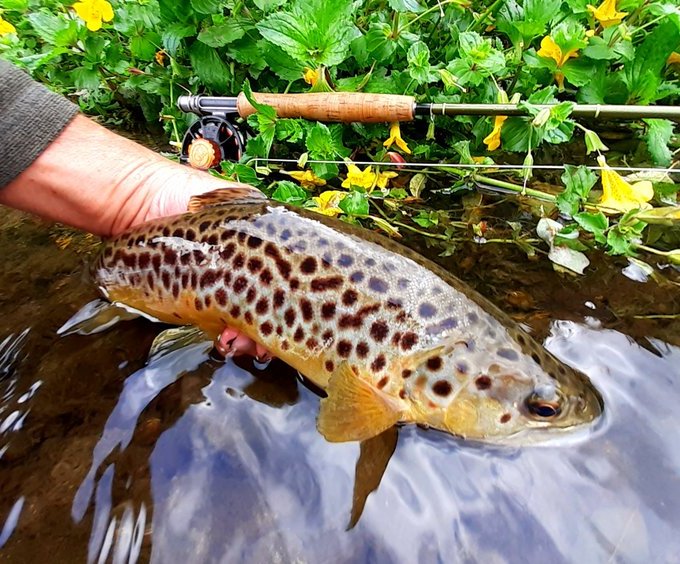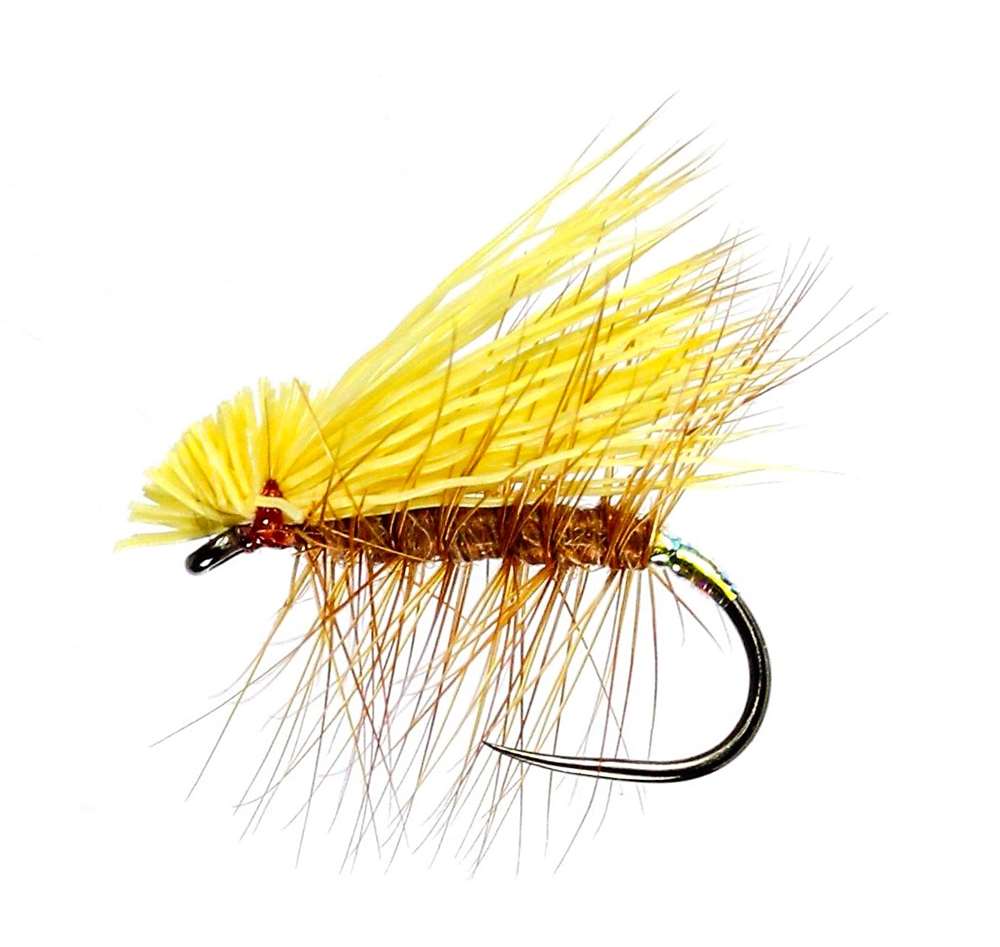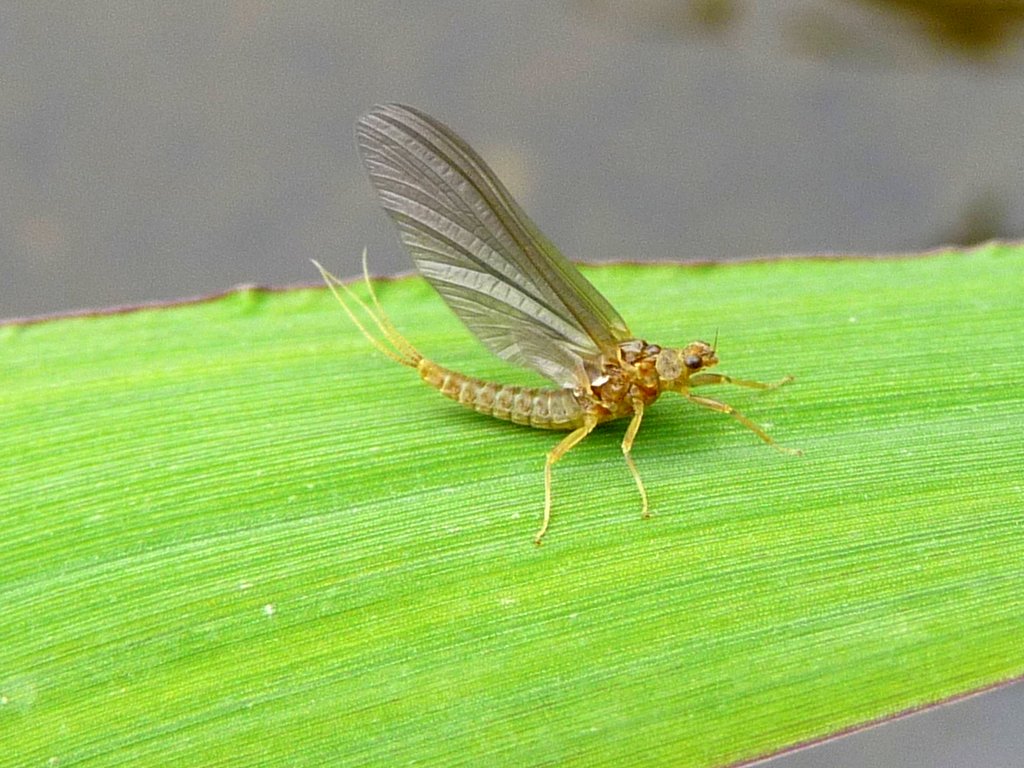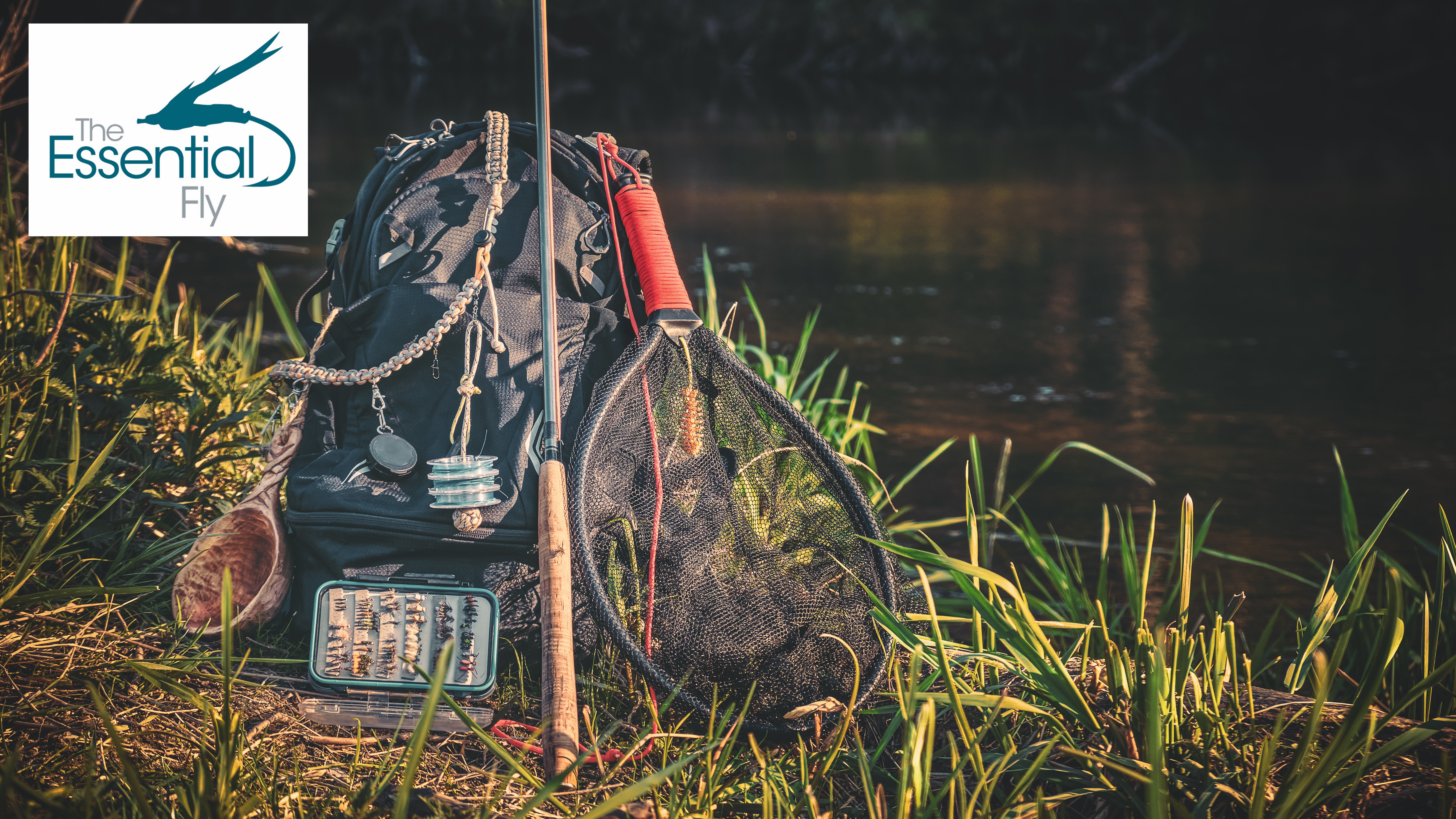Testing new materials and flies Andy Kitchener set out with the new Semperfli Mopster Mop chenille so we can tell you if it actually works... safe to say its a winner! Read on to see how he got on.
Blog
Struggling When Fishing In Higher Water? These Rigs Can Help!
Here at The Essential Fly were always on the look out for what we can do to help you catch more fish! We're lucky to have inhouse fishing experts on hand to pick their brains for their knowledge and tips to help you well on your way to up your catch rate!
We picked the brains of Yorkshire angler and fly tyer Phillippa Hake to share with us her top three rig set ups for fishing the rivers when they're on the drop from recent rain!
A common fly that appears in our gardens and homes towards the backend, Daddy Long Legs (Craneflies) really need no introduction here, as they’re instantly recognizable by those six gangly legs. Gardeners know they larvae stage of daddies as leatherjacket, which are considered a pest as they eat the roots of various plants and vegetables. These larvae eventually pupate and what emerges from the soil is an adult cranefly, which makes them a terrestrial. Craneflies can be found far and wide, especially in undisturbed areas like bracken clad fells.
As you rightly point out, fishing during summer is perhaps best done in the evenings. However all is not lost as certain flies and bugs are active during the daytime throughout Summer. Firstly, August is the prime month for heather flies, daddy long legs (craneflies) and of course corixa. This provides us with lots of opportunities, especially with dry fly tactics. There will be coarse fry to consider too, when trout turn their attention to them so they can gain weight for winter
Originally labeled the “Bristol Hopper” what we now know as the ‘Hopper’ was developed in the Bristol area on reservoirs like Chew Valley some years ago now. The original I believe was the Amber Hopper though theses days this dressing has been used as a blue print for all the hoppers we see today.
The long hot days of July and August will see the bulk of sedges (caddisflies) hatch off come evening time. Whether it’s on a stillwater, or river those prepared to hang around in the evening often get the best of the fishing during summer, especially when hot, bright conditions persist. Better still, anglers who are stuck in the office all day, can rest assured that they’ll get a slice of the action too by heading out after dinner.
There’s a small olive coloured upwing species that despite its tiny size, causes quite a stir with trout on warm summer evenings. We’re talking about the Blue-winged olive (BWO). On rivers and streams across the UK this wee fly will have trout queuing up as the light fades.
Find yourself carrying too much gear? We spoke with Paul Procter and got his list of gear and accessories he doesn't leave the house without!
Ok, firstly, when using wet flies, we’re usually retrieving the flies, so trout have to move that bit quicker to intercept the. Given this we often feel the take by way of a tug, or tightening of the line, followed by using firmly lifting the rod to hook the fish. However, our dry flies are presented static on the whole, so trout needn’t move quickly to seize our fly now. Ultimately then they generally just sip down our dry fly, which means there is no ‘tugging’ sensation for us. Instead, we now use the rise form as a visual prompt to tighten into a taking fish.
Your Guide To Catch and Release! Keep reading for The Essential Fly top tips on handling fish in hot weather!
It seems these days that the camera has replaced the priest, as more and more anglers look to return their catch rather than kill fish. In many respects this is a great trend as not only are more fish to go round, but in a world of ever increasing prices, generally speaking catch and release permits work out cheaper. And, where wild trout are concerned, it’s important to return our catch so they can go on and spawn future generations. Firstly, whether you plan to return, or kill a given fish, we should respect our quarry. Let’s look at some tips to help take care of your catch.
There are lots of sedge/caddis patterns we can choose from when it comes to imitating sedges on the warmer evenings, however perhaps one of the most versatile dressings is the ‘Elk Hair Caddis’. Developed by an American called Al Troth this pattern can be dressed with, or without a palmered hackle. Obviously, a fly with the body palmered hackle has superior floating properties, which comes in handy when fishing more animated water, like a tumbling pool on a stream, or a big, rolling wave on a reservoir. A hackle-less version naturally rides lower in the surface film, making it a favourite where smooth, flat water occurs and when trout are targeting stillborn, or spent caddis that lie almost flush in the film.
At TEF we pride ourselves on keeping our finger on the pulse with relevant information. So, given the current warm and sunny spell firmly parked over the UK, here’s a handful of pointers that should help you get back on terms with trout.
